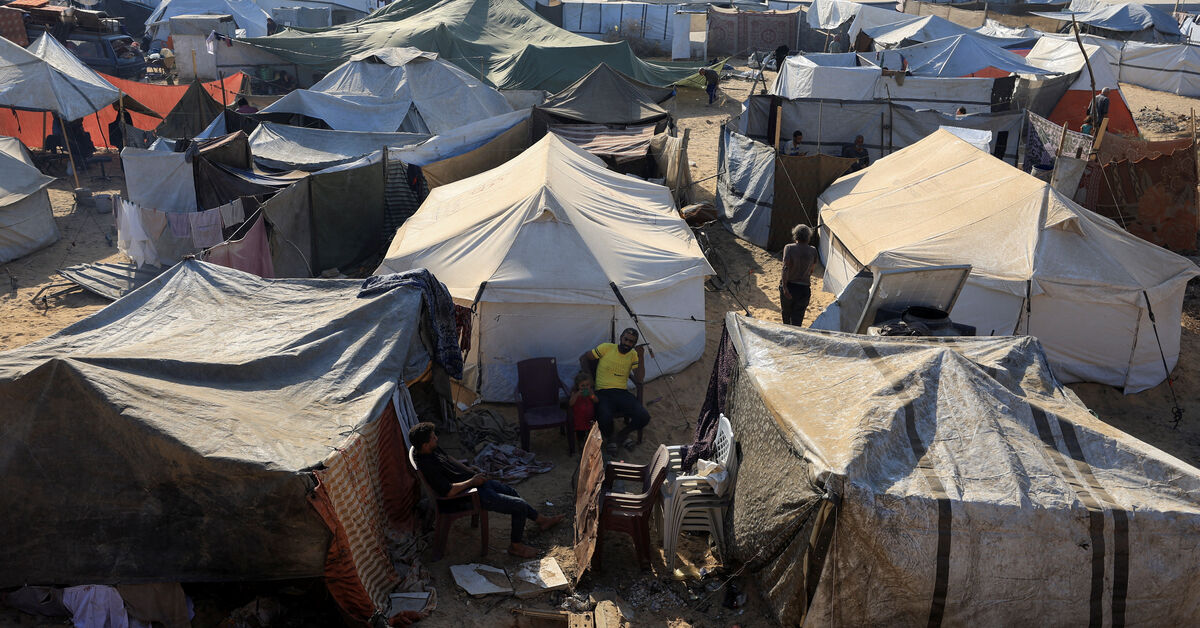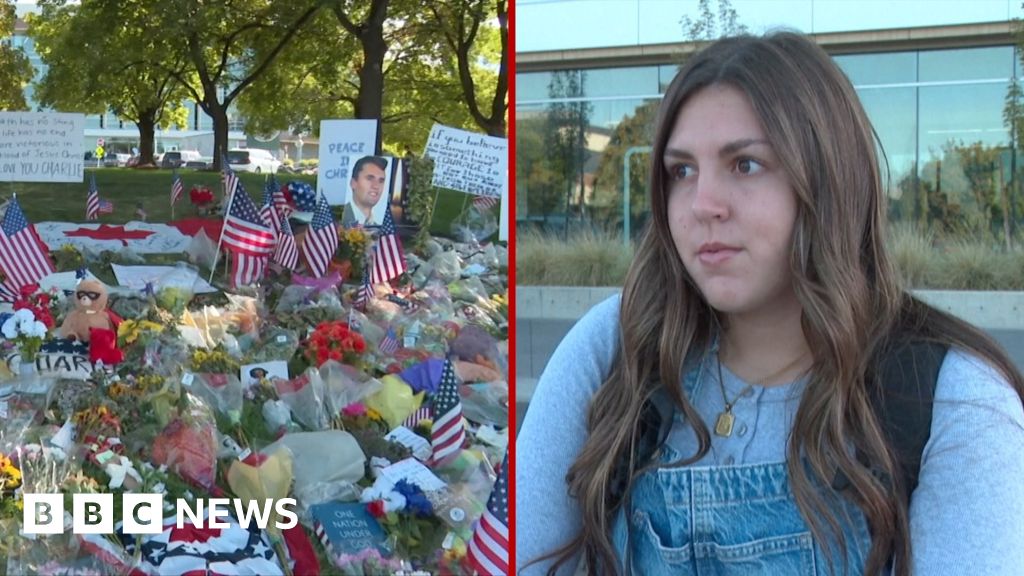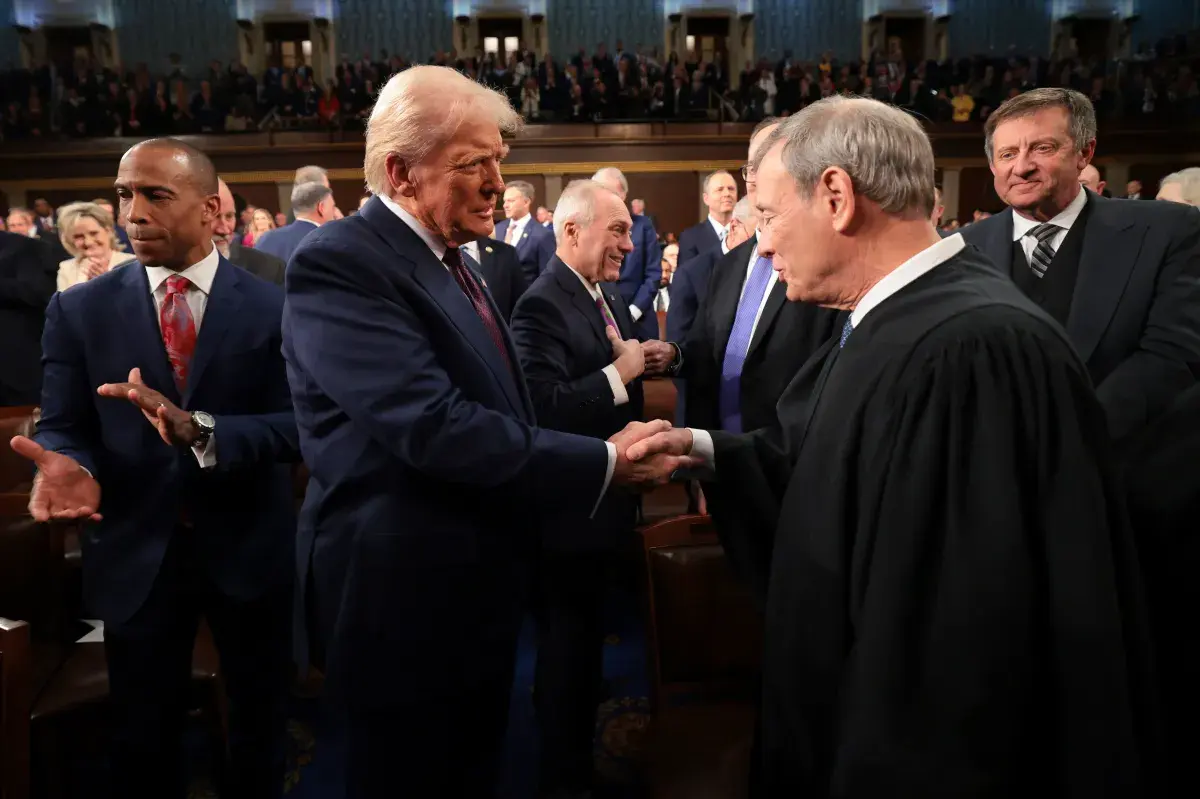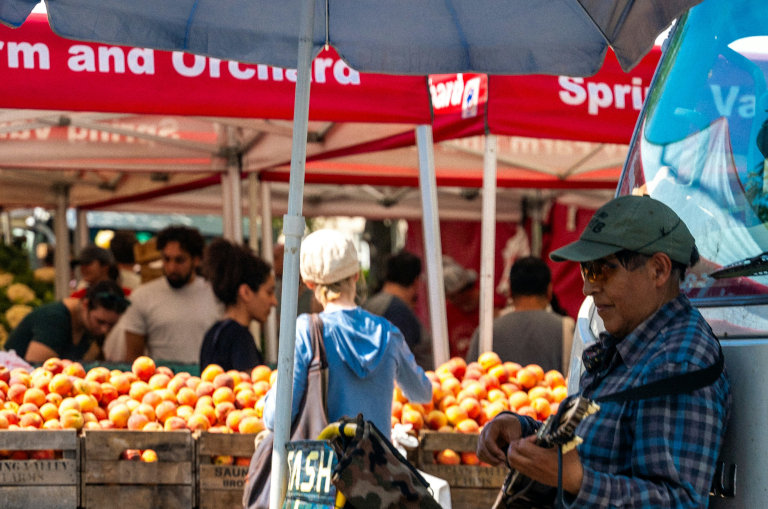By Jorge Enrique Mújica
Copyright zenit
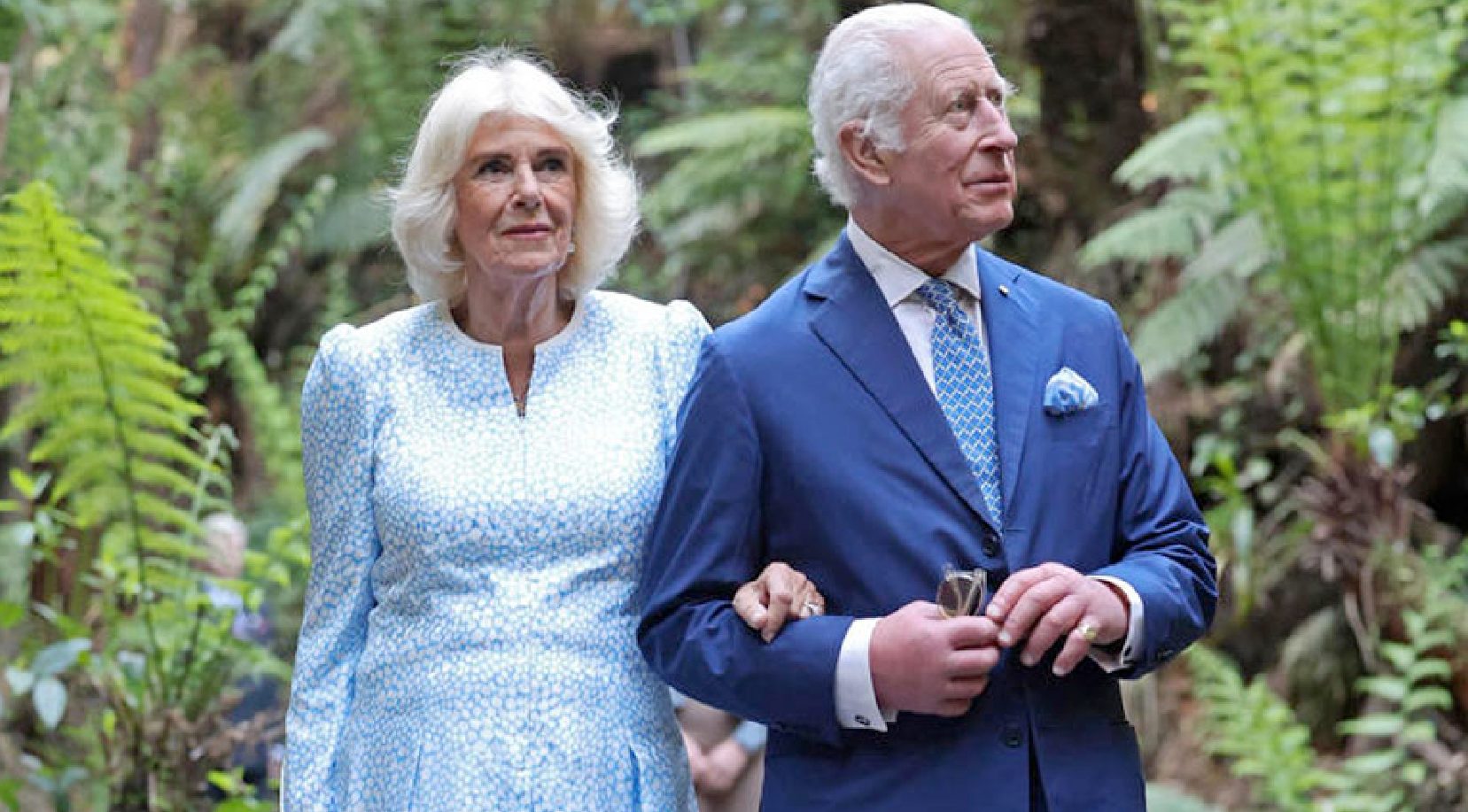
(ZENIT News / Rome, 09.28.2025).- When Britain’s monarchs walk through the bronze doors of the Apostolic Palace this autumn, the moment will carry a weight beyond the ceremonial trappings of state visits. Buckingham Palace confirmed that King Charles III and Queen Camilla will travel to the Vatican at the end of October 2025 for a State Visit coinciding with the Catholic Church’s Holy Year of Jubilee.
It will be their first official visit to the Holy See as sovereigns, and their first under the pontificate of Leo XIV. In the language of diplomacy, the encounter is framed as an expression of friendship between two states. Yet in the language of faith, it signals something deeper: the fragile but persistent hope of Christian unity.
The Jubilee, celebrated once every quarter century, is designed as a time of renewal and reconciliation. Pope Leo has chosen the theme “Pilgrims of Hope,” a call for the Church—and by extension all believers—to walk together despite differences. The presence of the Anglican monarchs, who also serve as Supreme Governor of the Church of England, embodies that invitation.
The path to this autumn’s encounter was not straightforward. The royal couple had been expected in Rome in April 2025 for a full State Visit with Pope Francis. But illness intervened. As the Pope’s health faltered, the meeting was scaled back to a private exchange at the Domus Sanctae Marthae, Francis’ residence within the Vatican walls. There, in an unadorned sitting room, the Pontiff offered prayers for the King’s own recovery from colon cancer, and warm congratulations for the couple’s wedding anniversary.
Ver esta publicación en Instagram
That earlier moment, though brief and unscripted, gave a human face to two institutions often burdened with formality. The Vatican’s communiqué was laconic; Buckingham’s statement, more personal, expressed gratitude that Francis was strong enough to meet them at all. The poignancy of that visit, shadowed by the health struggles of both men, underscored the uncertainty of transition. Within months, Francis would step aside, and Leo XIV would be elected.
The October gathering will therefore carry a double resonance: continuity with the memory of Francis, and the promise of a new chapter under Leo. It will also place King Charles, himself navigating the demands of public duty amid illness, at the symbolic crossroads of two traditions that have been divided for nearly five centuries.
Observers note that papal meetings with Anglican leaders have often served as barometers of ecumenical progress—or of stalled dialogue. This year, with global crises multiplying and Western societies wrestling with questions of identity, migration, and faith, the encounter in Rome is likely to be read as more than protocol. It will be an image of two institutions, each grappling with fragility and resilience, seeking to walk together, however tentatively, along the road of hope.
Thank you for reading our content. If you would like to receive ZENIT’s daily e-mail news, you can subscribe for free through this link.
